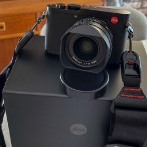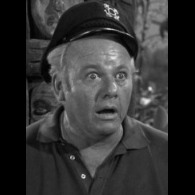What is the optimum film for macro-photography of flowers?
-
Recently Browsing 0 members
- No registered users viewing this page.
-
Similar Content
-
- 12 replies
- 1,676 views
-
- 3,170 replies
- 121,871 views
-
- 59 replies
- 2,429 views
-
- 11 replies
- 596 views
-
Flower
By David Virtser,
- 1 reply
- 128 views
-




.thumb.jpg.a8c0eceb5c93f775e75e8b4465e4cf9c.jpg)

Recommended Posts
Join the conversation
You can post now and register later. If you have an account, sign in now to post with your account.
Note: Your post will require moderator approval before it will be visible.